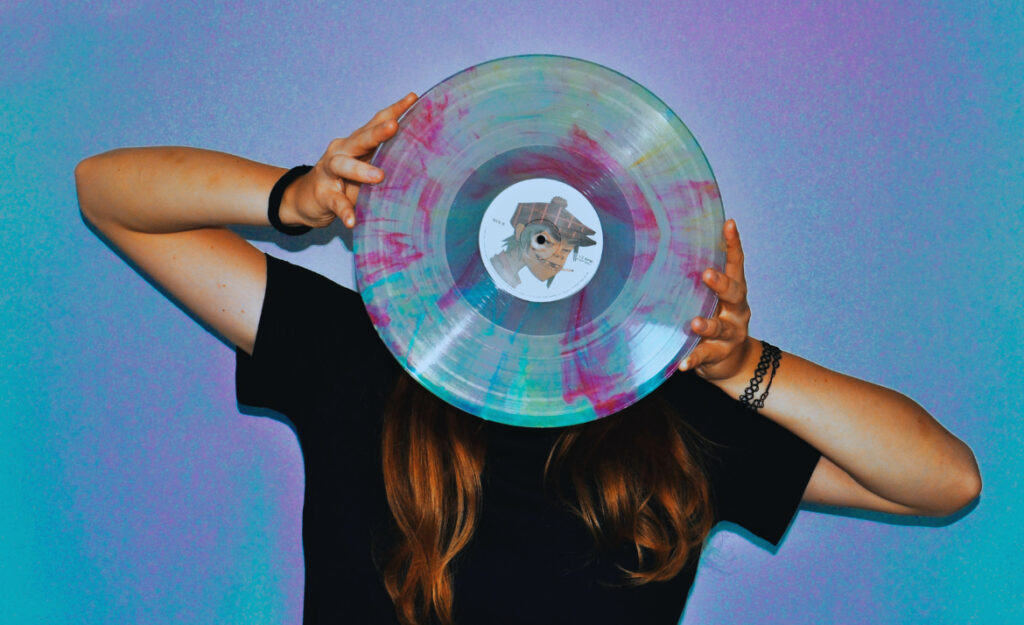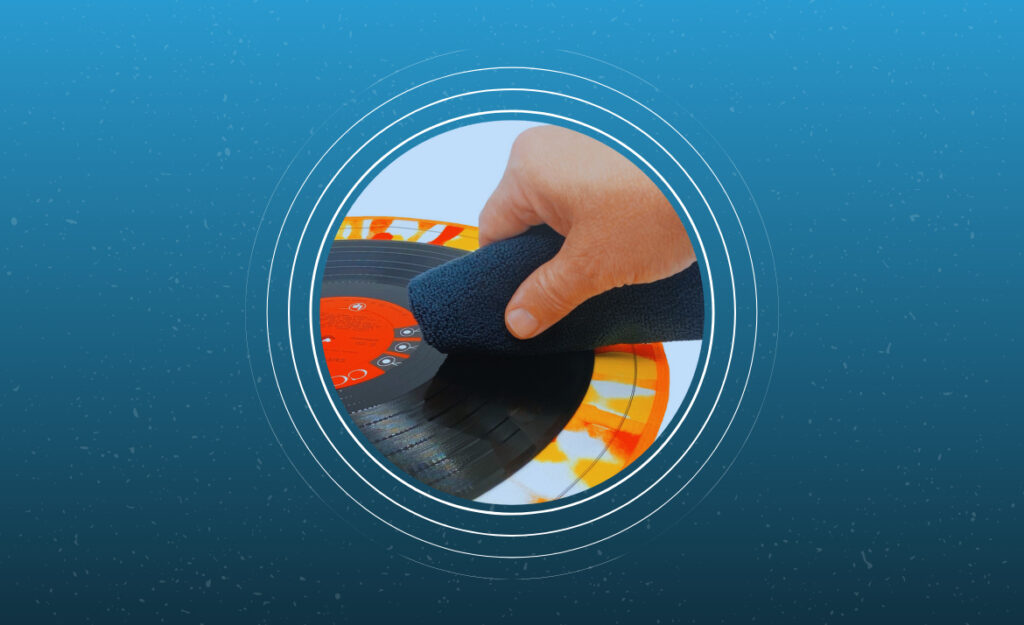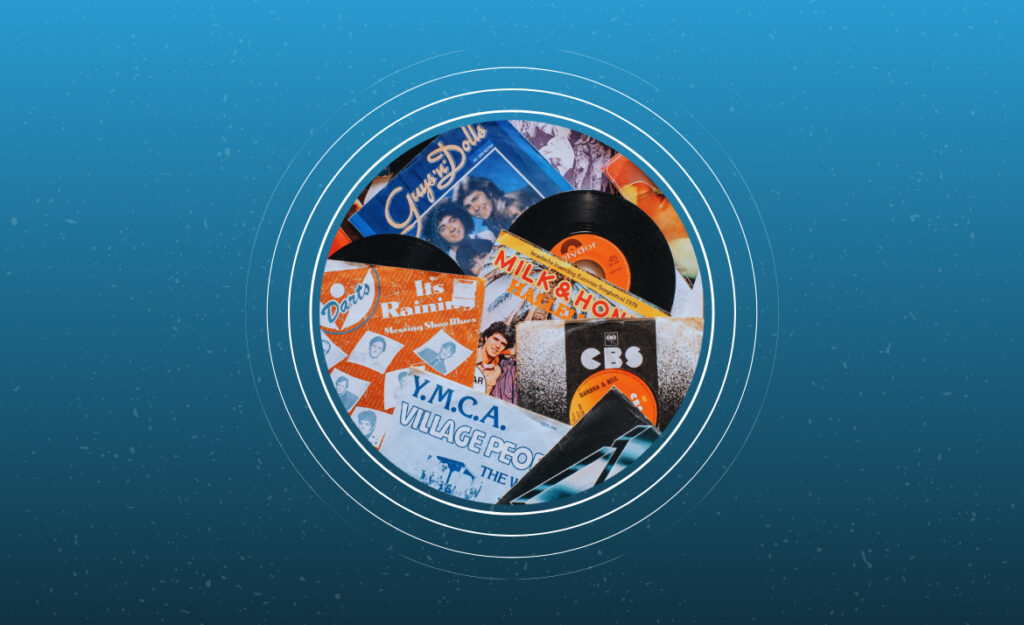
Nothing beats the sound of your favorite record spinning, except seeing it shimmer under the light. For anyone serious about their collection, colored vinyl cleaning holds a special significance. Keeping colored vinyl clean isn’t just about sound; it’s about preserving those vivid, unique hues for the long haul.
Dirt and dust are just the start—grime and fingerprints threaten both the look and integrity of colored records. Understanding cleaning nuances helps avoid haze or fading, two dangers every vinyl enthusiast hopes to dodge. Every choice you make matters for your collection’s future glow and clarity.
If you want your records to look as bright as the day they arrived and continue producing rich, clear audio, these strategies will help. Dive in for methods, insider routines, and actionable checklists to elevate colored vinyl cleaning and ensure your collection turns heads—both visually and sonically.
Choosing The Best Cleaning Methods Sets The Stage For Consistent Results
Careful cleaning means more than grabbing a cloth and getting to work. The wrong move can leave streaks or even strip color from your prized records. That’s why the right process, using safe materials and gentle hands, makes a dramatic difference.
Getting it right each time protects sound quality and maintains that signature luster. For a tried-and-true routine, consider cleaning both before the first play and regularly after that. Even records stored in sleeves pick up microdust that dulls their vibrancy and detail.
Why Gentle Cleaning Wins Out Every Time
Dragging an old t-shirt over the grooves might seem harmless but microfibers and rough edges can scratch vinyl. Use purpose-made microfiber or antistatic brushes for every touch. The difference is visible, like the contrast between a waxed car and one left in the rain.
When dry cleaning, start at the center and work in outward motions, following the grooves, to lift residue without embedding it. This directionality ensures debris is swept away rather than pushed deeper, which can become visible even on colored surfaces.
Where possible, air-dry cleaned records upright in a dust-free space. Laying them flat invites new contaminants and moisture marks. This simple step helps retain both color brightness and audio fidelity—and minimizes handling that leaves fingerprints.
Wet Cleaning: Proper Tools, Proper Timing
Sometimes, colored vinyl cleaning demands more than a dry brush. Specialized cleaning fluids and lint-free pads excel at lifting embedded dust or oily prints. Avoid using alcohol-based solutions on colored records—they risk leeching dyes.
Apply the fluid sparingly and gently guide a microfiber pad along the grooves in a circular motion. Never let excess liquid pool on colored vinyl; even gentle solutions may stain if left on too long or dry in place.
Always complete the session with a second dry microfiber wipe. This step removes residue and excess moisture, promoting an even shine and protecting record labels from accidental water exposure. It’s a best practice that collectors swear by for long-term preservation.
| Cleaning Tool | Best Used For | Precaution Needed | Takeaway Action |
|---|---|---|---|
| Microfiber Brush | Surface dust removal | None | Brush before & after play |
| Antistatic Cloth | Reducing static | Avoid loose fibers | Wipe gently in spiral |
| Vinyl Cleaning Fluid | Deep cleaning | No alcohol on colored vinyl | Use approved fluid only |
| Lint-free Pad | Applying cleaning solution | Don’t overwet grooves | Wipe, then dry upright |
| Record Cleaning Machine | Thorough cleans | Follow instructions strictly | Ideal for large collections |
Protecting Color & Shine With Proper Handling And Storage
Handling and storage habits shape the life of every colored record you own. Get both right by practicing small routines and organizing your shelves with an eye to both longevity and accessibility. Smart handling saves hours of future cleaning.
Pick up records only by their edges and center label. This basic habit shields surface colors and grooves from oil and accidental pressure. People who skip this often notice more visible spots and fingerprint marks over time.
Establish A “Clean Hands” Routine For Every Play
Wash and dry your hands before handling colored vinyl. Finger oils and dust transfer faster than imagined and, on brightly colored records, show up instantly. One quick rinse can cut down on buildup and keep colors dazzling, especially when you make it a habit.
- Wash your hands immediately before every session for ultra-clean interaction.
- Keep a microfiber towel next to your turntable for emergency quick wipes.
- Store records vertically, tightly enough to prevent sag, but never so tight as to risk friction burns during removal.
- Rotate records periodically—change the pressure points and prevent edge wear or printing transfer on colored sleeves.
- Resist the urge to blow dust away. Moisture from your breath can spot or smudge colored surfaces in a single misplaced exhale.
Carrying these routines forward keeps your cleaning efforts from going to waste. Anyone handling your collection will notice the gleam—and the absence of smudges or faded patches.
Sleeve Selection: Simple Choices, Lasting Results
Polyethylene inner sleeves keep static and dust away, especially for colored vinyl that attracts more visible debris. Choose sleeves with rounded edges, which slide smoother and reduce surface scratches compared to cheap square-edge paper sleeves.
- Always re-sleeve records after cleaning. This step prevents air-exposed dust from finding its way back onto freshly cleaned grooves and colors.
- Upgrade faded or torn sleeves promptly. Paper dust and shreds will cling to colored vinyl, which can amplify visible wear and cause static buildup.
- Label your sleeves by color or set, which helps during quick access and minimizes unneeded handling. Every grab or fumble increases risk of accidental surface contact.
- Choose outer jackets made of sturdy, acid-free materials. Some plastics break down and cloud the colors you want to display.
- For display records, switch covers periodically to avoid sun exposure, which can fade color in subtle bands over time. Visibility should never trump preservation.
The right sleeve is both a protective barrier and a time-saver, streamlining future cleaning routines and minimizing age-related discoloration for each piece in your collection.
Developing A Cleaning Schedule For Maximum Durability
Regular schedules for colored vinyl cleaning guarantee records retain their visual pop and audio excellence. Mapping out a plan helps busy collectors avoid surprise buildup and keeps every listening session smooth. Stick to visible cues and milestone dates.
Colored vinyl can show dust faster than black records, which makes proactive cleaning a more critical routine. A cleaning checklist—monthly, biweekly, or after a set number of plays—lets you spot trouble before it sets in and streamlines maintenance efforts.
Track Cleaning Sessions With Calendar Reminders
Using digital reminders or a notebook, jot down every cleaning session for each record. Instead of guessing, verify which records need attention. Consistency wins out over guesswork, as regular tracking prevents accidental neglect and unwanted buildup.
Many collectors use color-coded stickers on sleeves, marking the month of last cleaning. This makes it easy to scan the shelf and see which records are due for another session—especially effective for large collections that rotate frequently on your turntable.
If a record develops visible spots or static after only a few plays, increase cleaning frequency for that piece. Colored vinyl reacts faster to environmental dust, especially if you live near construction or have pets. Staying alert to these signals prevents audio and cosmetic damage.
Segmented Cleaning Routines Streamline The Process
Split your collection by color, usage frequency, or age and set separate routines for each. Daily listeners need quicker schedules than display pieces. Mixing all types in one batch leads to confusion and unnecessary handling.
Analogize segmented cleaning to taking care of laundry—categories, not one-size-fits-all. Treat prized, rare colored vinyl like delicates: gentler cycles and more attention. Everyday albums can handle a routine brush but still benefit from regular monthly deep cleans.
Hold a “check-in” day once a month to assess overall shelf condition and set reminders for the following month. Being systematic ensures your collection always looks showcase-ready, regardless of the last listening session’s intensity.
Spot-Treating Problem Areas Gives Your Records Their Glow Back
Targeted attention to scuffs, fingerprints, or sticky residue restores full luster without over-handling the entire record. This selective approach reduces wear and lengthens the life of colors and grooves alike—crucial for collectors with rare, vibrant pressings.
Stubborn Marks Respond Best To Precise Cleaning Solutions
A mixture of distilled water and a drop of record-safe detergent inches ahead of plain brushes on dried smudges. Use a fine-tip applicator for spot treating—apply only to the affected area, not the entire disk.
Gently blot with a microfiber cloth and never scrub in circles, which grinds dirt further. Repeat if the mark persists, letting the record air-dry upright between attempts. Patience, not elbow grease, yields the safest and brightest result.
For sticky spots, dampen only the cloth—never pour liquid directly on the vinyl surface. This localizes cleaning and prevents fluid from seeping into the label or grooves, which risks swelling, fading, or audible hiss during playback.
Light Surface Scratches Need Special Attention
Identify scratches by examining colored vinyl under strong, natural light. Angle the record and look for shifts in color brightness along the grooves—minor lines are sometimes only visible on colored pressings, not traditional black ones.
Use a clean, dry antistatic brush for the first pass, following the groove’s line. Avoid crossing grooves, which aggravates marks. Surface scratches that don’t catch a fingernail are mostly aesthetic and can’t always be completely removed, but cleaning improves reflection and reduces visual emphasis.
For deeper marks, resist home remedies like toothpaste or abrasive powders, which worsen the problem. Instead, spot treat with professional products developed specifically for vinyl and colored releases, then store cleaned records in optimal sleeves to prevent recurrence.
Keep Your Collection Vibrant With Preventative Maintenance Habits
A handful of habits will keep colored vinyl from ever showing trouble in the first place. Early action is easier than a deep clean after a year of neglect. Every minute invested now prevents hours of restoration work down the road.
Assign a quick visual check during routine listening—for new dust, unexpected smudges, or shifts in color vibrancy. Small interruptions to address visible issues today cost far less than overhauls months later when problems multiply and details fade.
Rotate Storage Positions To Avoid Light Damage
Changing the orientation or position of your records every three to six months reduces the risk of light bands or shelf-press marks. Colored vinyl, especially lighter hues, fades faster under direct sunlight or harsh artificial lighting.
If your storage shelf faces a window, close blinds or rotate records more frequently. For special editions or unique swirls, invest in blackout sleeves for high-traffic display areas. Visibility and preservation can work together with mindful planning.
Analogize rotating storage to maintaining fresh bread—keeping it moving prevents staleness. The same logic keeps your colored records crisp and eye-catching, with fewer dull patches or faded edges.
Your Actions Lead To Lasting Color And Pristine Sound
Sustaining both the aesthetics and audio integrity of colored vinyl is no accident. Mindful cleaning, careful storage, and smart routines combine to keep every spin rewarding. Your records deserve consistent attention, not last-minute fixes when issues arise.
Every habit formed—whether it’s a quick brush after listening, routine hand washing, or methodical scheduling—pays off in longer-lasting shine. These steps take the guesswork out of colored vinyl cleaning so each record remains as striking as it sounds.
As new pressings and unique hues appear on the market, collectors who practice smart maintenance will be ready to showcase them for years. Your actions today protect both sound and style, securing your colored vinyl’s place as a living, vibrant part of music history.



